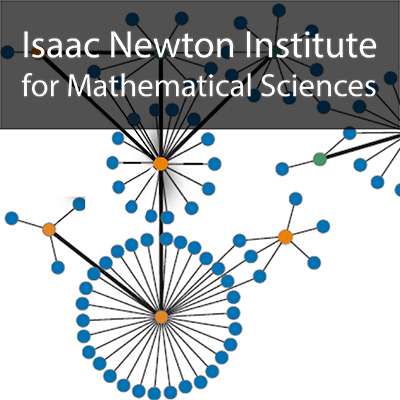Epidemics and population structure: One step forward, and two steps back
Duration: 30 mins 52 secs
Share this media item:
Embed this media item:
Embed this media item:
About this item

| Description: |
House, T (University of Warwick)
Tuesday 20 August 2013, 09:00-09:30 |
|---|
| Created: | 2013-08-22 14:54 |
|---|---|
| Collection: | Infectious Disease Dynamics |
| Publisher: | Isaac Newton Institute |
| Copyright: | House, T |
| Language: | eng (English) |
| Abstract: | In general, the incorporation of population structure into epidemic models creates problems of dimensionality for prediction (the `forward problem'). Even for the `simple epidemic' / SI model, complete individual heterogeneity of n individuals leads to a dynamical system whose size grows like 2^n.
There are, however, two `inverse problems' where this curse becomes a blessing: for statistical inference, flat directions in parameter space can become identifiable once more stratification of data is available; and the presence of population structure allows a far wider range of control and mitigation strategies to be compared than are possible in a homogeneous system. This talk will consider: (i) the generation of predictions from heterogeneous epidemic models without excessive dimensionality; (ii) the use of multiple stratified data sources to resolve statistical questions about the otherwise unidentifiable but epidemiologically important quantities; (iii) informing public health policy on the basis of these considerations. Real-world examples will come from the 2009 H1N1 influenza pandemic. |
|---|---|
Available Formats
| Format | Quality | Bitrate | Size | |||
|---|---|---|---|---|---|---|
| MPEG-4 Video | 640x360 | 1.94 Mbits/sec | 449.40 MB | View | Download | |
| WebM | 640x360 | 1.23 Mbits/sec | 286.74 MB | View | Download | |
| iPod Video | 480x270 | 522.13 kbits/sec | 118.04 MB | View | Download | |
| MP3 | 44100 Hz | 249.78 kbits/sec | 56.53 MB | Listen | Download | |
| Auto * | (Allows browser to choose a format it supports) | |||||

